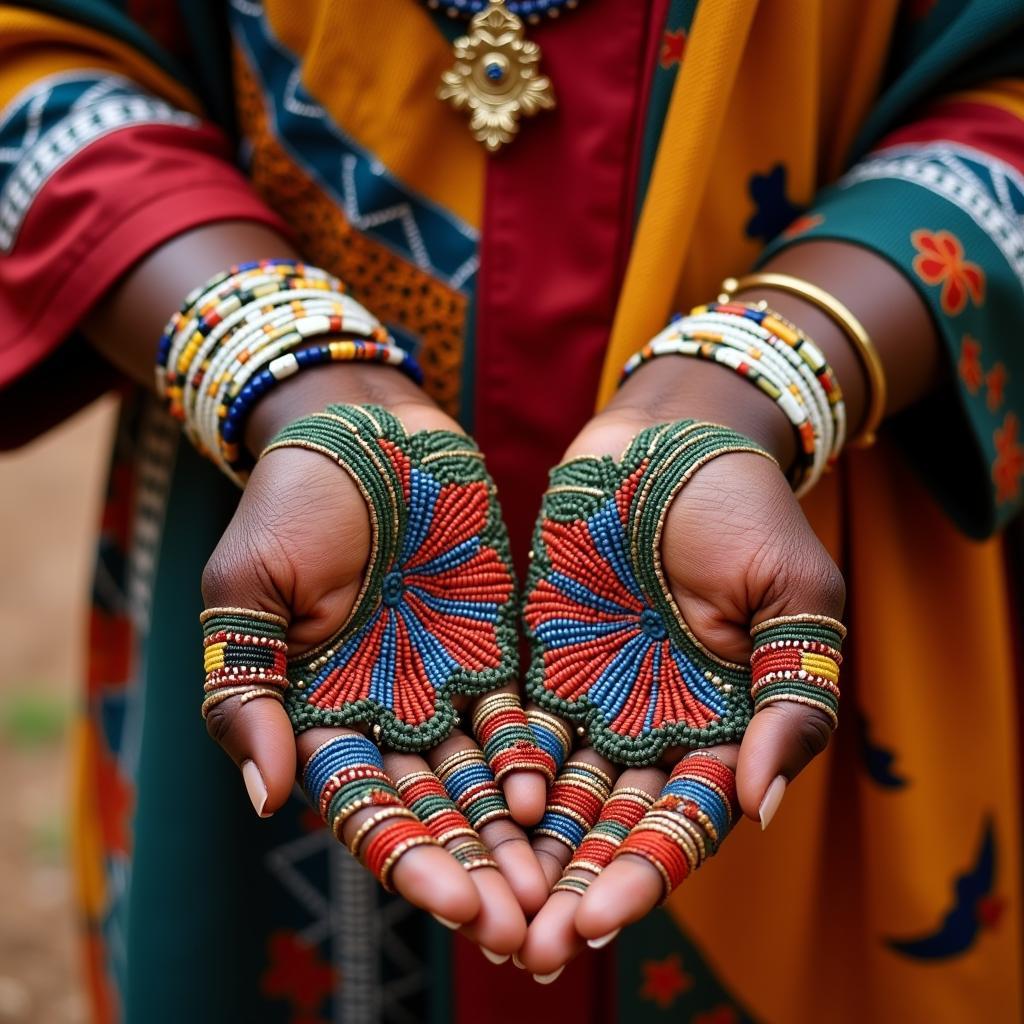The Beauty of the Himba: An Insight into the Lives of the African Himba Girl
The Himba, a semi-nomadic people of northern Namibia, are known for their distinct cultural practices and traditions. Among them, the Himba women, especially the young girls, hold a captivating charm and are renowned for their unique beauty rituals. This article delves into the world of the Himba girl, exploring their daily life, cultural practices, and what makes them so special.
The Himba Girl: A Celebration of Culture and Beauty
The Himba people, who consider themselves to be the guardians of ancient traditions, place great emphasis on the role of women in their society. Himba girls are brought up to be strong, independent, and responsible members of their community. They are taught the skills needed to survive in their harsh environment, including farming, herding cattle, and maintaining the home.
The Red Ocher Ritual: A Mark of Beauty and Identity
Perhaps the most recognizable aspect of Himba culture is the use of red ochre, a mineral clay, on the skin. This practice is an integral part of the Himba girl’s beauty routine, serving not only as a cosmetic but also as a form of protection from the sun and insects. The girls apply a mixture of red ochre, butterfat, and herbs to their skin, creating a vibrant, reddish-brown hue that is striking and captivating.
“The red ochre is more than just a cosmetic,” explains Ndamu, a respected Himba elder. “It represents our connection to the earth, our ancestors, and our identity as Himba people.”
The Himba Girl’s Daily Life: A Blend of Tradition and Modernity
The daily lives of Himba girls are a fascinating blend of traditional practices and modern influences. They spend their days tending to the family’s livestock, collecting firewood, and learning the skills needed to maintain the home. They also play a vital role in the preparation of food, learning traditional recipes and techniques passed down through generations.
While Himba girls are immersed in their traditional culture, they are also exposed to the wider world through education and technology. Schools are increasingly available in Himba communities, offering girls the opportunity to learn new skills and expand their knowledge. However, many Himba girls still face challenges, such as limited access to healthcare, clean water, and basic necessities.
The Future of the Himba Girl: Embracing Change While Preserving Tradition
The Himba people are facing a critical juncture in their history. As the world rapidly changes, the Himba are striving to adapt and preserve their unique culture. Many young Himba girls are embracing education and technology while remaining committed to their traditional values.
“It is important for our girls to have access to education and opportunities,” says Henda, a young Himba woman. “But we also need to ensure that our traditions are preserved for future generations. We can balance both change and tradition.”
Frequently Asked Questions
1. What are the Himba’s main cultural practices?
The Himba are known for their unique cultural practices such as the use of red ochre, the importance of cattle, and their traditional clothing and hairstyles. They are also known for their intricate social structure and their strong emphasis on family and community.
2. Why do Himba girls apply red ochre to their skin?
Red ochre serves as a natural sunscreen, insect repellent, and moisturizer. It is also a symbol of beauty and cultural identity for the Himba people.
3. What challenges do Himba girls face?
Himba girls often face challenges such as limited access to healthcare, education, and basic necessities. They also face pressure to uphold traditional expectations while navigating the modern world.
4. What are the Himba’s beliefs about marriage?
Himba girls are typically married in their late teens, with arranged marriages common. The Himba believe in a strong social structure where marriage plays a crucial role in maintaining community harmony.
5. What is the future of the Himba culture?
The future of Himba culture is uncertain. They face challenges related to modernization, climate change, and economic development. However, they are actively seeking ways to balance tradition and change, ensuring the survival of their unique cultural heritage.
6. What are some of the ways to learn more about the Himba people?
There are many resources available to learn more about the Himba people, including books, documentaries, and websites. You can also visit Himba communities in Namibia to experience their culture firsthand.
7. What is the best way to support the Himba people?
You can support the Himba people by contributing to organizations that promote their well-being and cultural preservation. You can also raise awareness about their culture and the challenges they face.
The Himba girls are a powerful symbol of resilience, beauty, and cultural pride. They are a testament to the enduring power of tradition and the ability of people to adapt and thrive in the face of change. Their story is an inspiring reminder of the richness and diversity of African cultures and the importance of preserving them for future generations.


